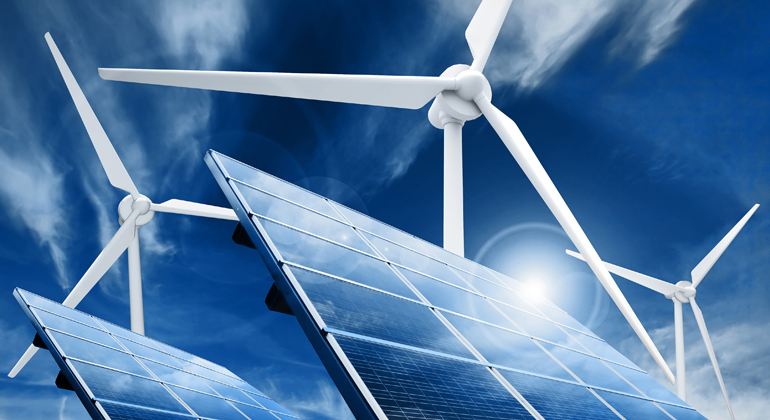Stanford study casts doubt on carbon capture
Current approaches to carbon capture can increase air pollution and are not efficient at reducing carbon in the atmosphere, according to research from Mark Z. Jacobson.
One proposed method for reducing carbon dioxide (CO2) levels in the atmosphere – and reducing the risk of climate change – is to capture carbon from the air or prevent it from getting there in the first place. However, research from Mark Z. Jacobson at Stanford University, published in Energy and Environmental Science, suggests that carbon capture technologies can cause more harm than good.
“All sorts of scenarios have been developed under the assumption that carbon capture actually reduces substantial amounts of carbon. However, this research finds that it reduces only a small fraction of carbon emissions, and it usually increases air pollution,” said Jacobson, who is a professor of civil and environmental engineering. “Even if you have 100 percent capture from the capture equipment, it is still worse, from a social cost perspective, than replacing a coal or gas plant with a wind farm because carbon capture never reduces air pollution and always has a capture equipment cost. Wind replacing fossil fuels always reduces air pollution and never has a capture equipment cost.”
Jacobson, who is also a senior fellow at the Stanford Woods Institute for the Environment, examined public data from a coal with carbon capture electric power plant and a plant that removes carbon from the air directly. In both cases, electricity to run the carbon capture came from natural gas. He calculated the net CO2 reduction and total cost of the carbon capture process in each case, accounting for the electricity needed to run the carbon capture equipment, the combustion and upstream emissions resulting from that electricity, and, in the case of the coal plant, its upstream emissions. (Upstream emissions are emissions, including from leaks and combustion, from mining and transporting a fuel such as coal or natural gas.)
Common estimates of carbon capture technologies – which only look at the carbon captured from energy production at a fossil fuel plant itself and not upstream emissions – say carbon capture can remediate 85-90 percent of carbon emissions. Once Jacobson calculated all the emissions associated with these plants that could contribute to global warming, he converted them to the equivalent amount of carbon dioxide in order to compare his data with the standard estimate. He found that in both cases the equipment captured the equivalent of only 10-11 percent of the emissions they produced, averaged over 20 years.








